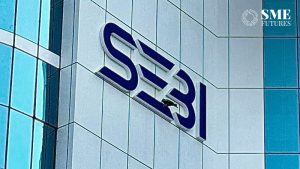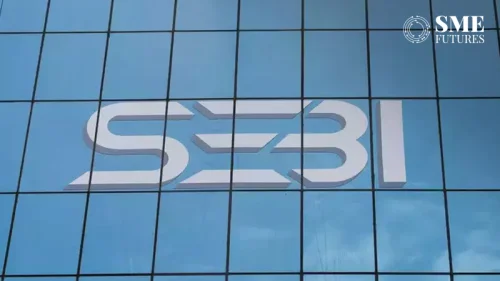An expert panel appointed by the Reserve Bank of India (RBI) submitted its report on a resolution framework for stressed assets hurt by the COVID-19 pandemic. Veteran banker KV Kamath, led the panel that has recommended financial parameters that includes aspects related to leverage, liquidity and debt serviceability for 26 sectors that lending institutions can follow while forming a resolution framework.
Key takeaways from the panel’s submissions:
The 26 sectors specified by the panel are: Power, trading wholesale, textiles, chemicals, consumer durables/FMCG, non-ferrous metals, pharma, construction, iron and steel manufacturing, roads, real estate, logistics, gems and jewellery, plastic products manufacturing, automobile manufacturing, auto dealership, aviation, sugar, port and port services, shipping, cement, auto components, hotels, mining, building materials, and corporate retail outlets.
As per the report, the five criteria’s suggested for lenders include, total outstanding liability divided by adjusted net worth, total debt divided by EBITDA, debt service coverage ratio (DSCR), average DSCR and current ratio.
According to the report, for the listed sectors, banks will use these ratios as guidelines while preparing a plan for loan restructuring. Lenders can make their own internal assessments for the sectors threshold parameters are not specified. The real estate sector was given a priority, with the committee proposing a high debt to EBITDA ratio.
In fact, the resolution framework must be based on the borrower’s pre-COVID operating and financial performance, and the impact of COVID-19 on its operating and financial performance in Q1 and Q2FY21, to assess the cash-flows for FY21/FY22 and subsequent years
However, the committee did not specify a current ratio for automobile manufacturing, due to the ‘just in time inventory’ business model for raw materials and parts, and finished goods inventory is funded by channel financing available from the dealers.











